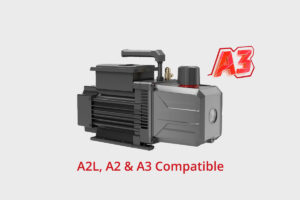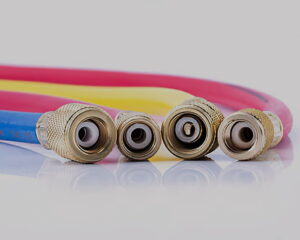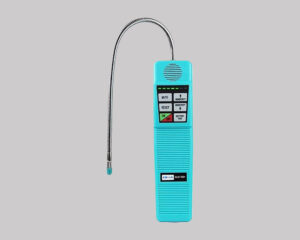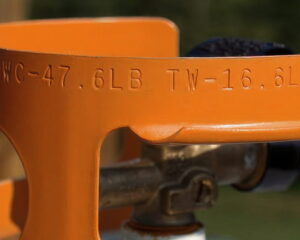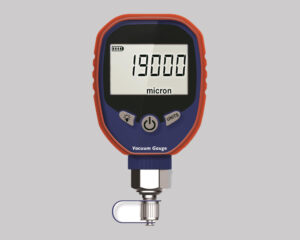The right manifold gauge set can mean the difference between a 10-minute diagnosis and hours of guesswork. But with flashy digital models and cryptic specs, how do you pick the tool that actually works for your daily jobs? Let’s strip away the marketing fluff and focus on what matters.
The 3 Non-Negotiables for Every Gauge Set
- Refrigerant Compatibility
- Problem: Using an R-410A gauge on an R-32 system risks leaks and inaccurate readings.
- Solution: Look for gauges rated for ≥50 bar (high side) and -1 to 20 bar (low side) to cover modern refrigerants.
- Durability That Survives Job Sites
- Drop tests: A quality gauge withstands 1.5-meter drops onto concrete.
- Seals: IP54 rating or higher resists dust and water splashes.
- Readability Under Pressure
- Analog: 80mm gauges with fluorescent needles > 68mm for dim server rooms.
- Digital: Backlit screens visible in direct sunlight.
Analog vs. Digital: The Real Trade-Offs
| Factor | Analog Gauges | Digital Gauges |
|---|---|---|
| Speed | Instant needle response | 2–3 sec latency |
| Battery Life | Infinite | 8–12 hours per charge |
| Data Tracking | Manual logging | Bluetooth to smartphone |
| Cold Weather | No issues (-20°C) | Screen lag below 0°C |
Pro Tip: Keep a backup analog set in your truck—digital gauges hate rainstorms.
4-Valve Manifolds: Worth the Hype?
- Yes, if you:
- Recover refrigerant while charging (simultaneous suction/discharge).
- Work on cascade systems with multiple refrigerants.
- No, if you:
- Mostly handle residential AC repairs.
- Prioritize portability over features.

Leak Detection Hacks Every Tech Misses
- The Bubble Trick:
- Connect the yellow hose to nitrogen.
- Pressurize to 10 bar and spray soapy water.
- Bubbles form at leaks >0.5 mm.
- Temperature Clues:
- Low-side pressure drops + warmer lines = Restricted filter drier.
- High-side spikes + cold condenser = Overcharge.
Avoid These 5 Costly Mistakes
- Mixing Oils: Using PAG oil in a POE system contaminates gauges.
- Ignoring Schraders: Worn cores leak 0.1 kg/year – replace annually.
- Over-tightening: Gauges need 15–20 N·m torque – use a click wrench.
- Skipping Calibration: Analog gauges drift ~2% yearly. Test monthly.
- Wrong Hoses: Barrier hoses (nylon core) prevent refrigerant loss.
When to Upgrade Your Gauges
- Sticking needles: Indicates moisture ingress.
- Fogged sight glass: Seal failure in aluminum manifolds.
- Erratic digital readings: Faulty pressure transducers.
- Coolink: TOP 3 Global HVAC Vacuum Pump Manufacturer
- Elitevak: Quality Industrial Vacuum Pump Supplier from China


